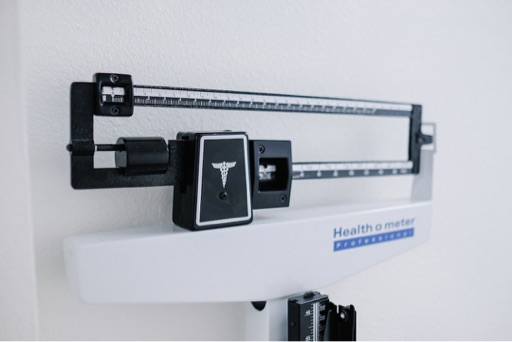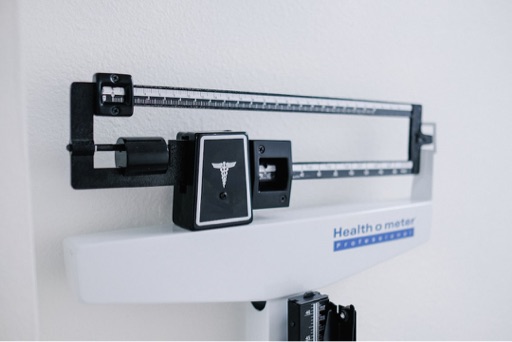The retail food chain recently launched a new smoothie lineup for people taking GLP-1 weight loss drugs like Ozempic. While their nutritional profiles look promising, some may not differ from non-GLP-1 tailored options already on the menu.
Glucagon-like peptide 1 receptor agonists (GLP-1s), including Ozempic, Mounjaro, and Wegovy, have taken the weight loss arena by storm, becoming the drugs of choice among people with obesity. According to the latest data, 1,449,442 people in the United States were prescribed a GLP-1 between January 2018 and September 2024.
As a result of this Ozempic craze, food retailers are jumping on the GLP-1 bandwagon and launching new products designed to support the needs of people taking these medications. For example, Nestle recently launched Vital Pursuit — a lineup of meals developed to fill gaps in nutrition that might result from the effects of GLP-1s, such as decreased appetite.
On October 29, Smoothie King, a fast-growing retail food chain, followed suit and announced the launch of its new GLP-1 Support menu for people taking the blockbuster weight loss drugs. The company says the new smoothie lineup is designed to help GLP-1 users achieve their weight loss or weight management goals while providing nutrients needed to support hydration and accommodate side effects often associated with the medications.
For over 50 years, Smoothie King has blended delicious, nutritious smoothies, and they are thrilled to launch this menu as part of their continued commitment to supporting their guests on their personal health and wellness journeys. With the rising use of GLP-1 medications across the country, they want to ensure that Smoothie King provides the nutritional resources to match.
According to Smoothie King’s website, the newly launched menu has five smoothie options with 20 or more grams of protein, high fiber content, and zero added sugar. Customers can choose between 20-, 32-, or 40-ounce serving sizes.
The five GLP-1 options include:
- Gladiator® GLP-1 in chocolate, vanilla, or strawberry – This GLP-1-tailored smoothie contains a choice of two ingredients: almonds, almond butter, wild blueberries, strawberries, raspberries, organic ginger, kale, carrots, or spinach. Calories range from 220 to 560 with 45 to 61 grams of protein.
- Slim N Trim™ GLP-1 Mango Greens – Contains mangoes, Greek yogurt, Califia Farms® Almond Milk, Slim N Trim™ Blend, organic kale, ginger, and spinach. A 20-ounce serving offers 200 calories and 22grams of protein.
- Keto Champ GLP-1 in berry or chocolate – This variant includes Califia Farms® Almond Milk, almond butter, wild blueberries, and a Keto Protein Blend. A 20-ounce serving has 420 to 450 calories and 24 grams of protein.
- The Activator® Recovery GLP-1 Almond Berry – This smoothie contains strawberries, wild blueberries, Califia Farms® Almond Milk, coconut water, and Gladiator® Protein Strawberry. A 20-ounce serving provides 200 calories and 24 grams of protein.
- Power Meal Slim™ GLP-1 in chocolate, strawberry, or vanilla – Contains bananas, Califia Farms® Almond Milk, Power Slim Protein, and 100% Cocoa, totaling 190 to 210 calories and 19 to 22 grams of protein in a 20-ounce serving.
While the new Ozempic-tailored smoothie options may look promising, there are no universally accepted official dietary recommendations for people taking GLP-1s, making it essential for individuals to maintain a healthy, well-balanced diet.
Sandra Vigelienė, a health researcher, examined the ingredients in Smoothie King’s new GLP-1 smoothies for their nutritional value. Overall, the products may benefit people taking obesity drugs, yet they should not be exclusively relied upon for nutrition.
American dietary recommendations suggest that protein should comprise 10-35% of the total daily calorie intake. For example, for a person consuming 2,000 kcal per day, that equates to about 46 grams. Vigelienė’s study revealed that all GLP-1 smoothies at Smoothie King’s menu contain high protein levels, providing more than half or in some cases even exceeding daily protein intake recommendations just in one smaller serving. However, it’s important to be cautious as those using GLP-1 medication may experience delayed gastric emptying and an exaggerated sense of fullness due to protein content.
Data is limited on fiber’s impact on GLP-1 medications, though dietary guidelines suggest an intake of around 28 grams daily for a 2,000 kcal diet. The fiber content in Smoothie King smoothies varies, with some providing almost half the daily recommended amount. Therefore, individuals looking to increase fiber intake should choose smoothies with higher fiber content.
While Smoothie King’s GLP-1 smoothie menu offers options that may appear to differ from their non-GLP-1 offerings, an analysis by Vigelienė concluded that some smoothies have identical nutritional profiles to their non-GLP-1 equivalents. Notably, the Keto Champ and Power Meal Slim smoothies share the same ingredients and nutritional content.
In conclusion, while smoothies present a convenient way to enhance a healthy diet, they should not replace a balanced meal plan but rather complement it, providing a nutrient-dense addition alongside whole foods throughout the day.
Source: Healthnews






